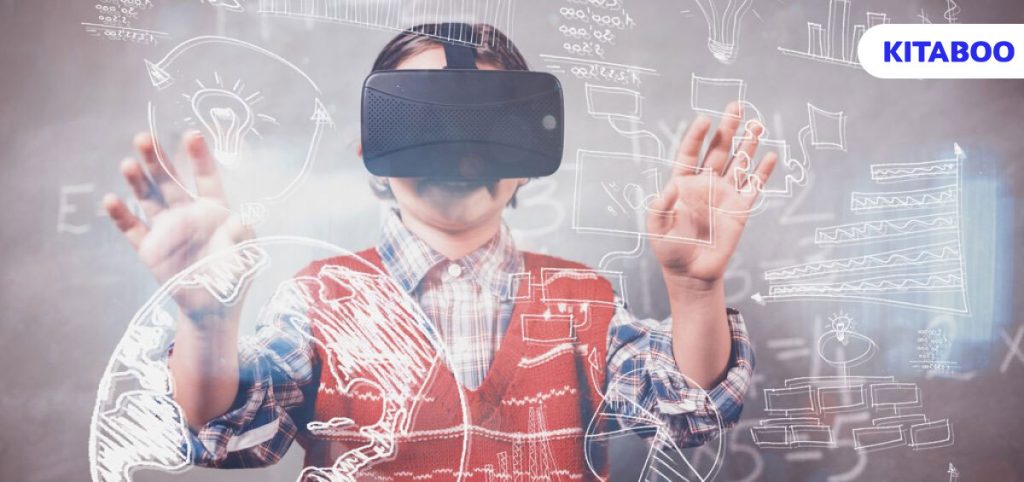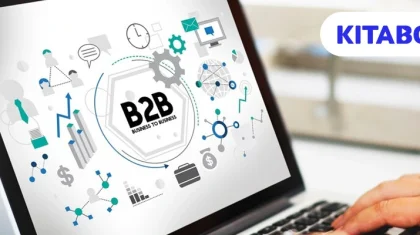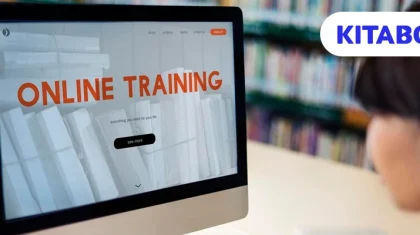
5 Reasons to Use Augmented Reality in Education
Augmented Reality (AR) is gradually becoming an integral component of educational strategies. The technology is making it possible to add a layer of enhanced reality to a context-sensitive virtual world. This gives educators and trainers numerous possibilities to enhance the learning experience, making it lively, significant and circumstantial to the learner.
According to the investment company, Goldman Sachs, Augmented Reality “has the potential to become a standard tool in education and could revolutionize the way in which students are taught, for both the K-12 segment and higher education.” The company further projects that by 2025, there would be 15 million users of educational AR worldwide, representing a $700 million market.
Top 5 Reasons to Use Augmented Reality in Education
1. Stimulates the Imagination
Augmented Reality enables students and teachers to visualize 3D models in a simulated environment, in real-time and at scale. This helps to make learning circumstantial and authentic, therefore entertaining and relevant to the students.
A virtually enhanced world encourages learners to use their imagination and discover new possibilities in a fun and interactive way. Interactive learning facilitates deep learning, increasing the possibility of retaining information for a longer time.
2. Makes Learning More Engaging
Augmented Reality makes learning appealing for students by providing a context. For instance, an art teacher can present an entire work of an artist through an AR-enhanced gallery.
This way, students can see the paintings, learn about them, the era in which they lived and the stimuli that influenced their work. Thus, AR helps to create rich digital content and gives a real-time context to the lesson, enabling a deeper connection and access to all related information at the point of need.
3. Learning to Last a Lifetime
If successfully used, AR-based learning can provide an experience to last a lifetime. Let’s look at the scenario wherein the teacher speaks about Mount Fiji in traditional and non-conventional setup. In traditional teaching, the teacher can verbally introduce the active volcano concept or can draw a diagram on the blackboard.
However, by using augmented reality, the teacher can ‘take’ students to Mount Fiji through a simulated environment. Students can ‘see’ Mount Fiji in its active form, complete with smoke and lava emerging from it. Augmented Reality, thus, helps to create a realistic situation through simulations and situational role-plays to enable students to gain practical knowledge that they are unlikely to forget.
4. Simplifying Difficult Concepts
AR can be used to teach abstract concepts. It can give tangible shape allowing students to approach them in different ways. For instance, Atom, the educator, can use simulated diagrams to explain the different particles that constitute an atom. Then again, to explain the functioning of the human heart.
Teachers can use a 3D holograph of a beating heart to enable the students to look inside it from all angles and enjoy a highly detailed, immersive exploration of anatomical structures.
5. Learning by Doing
Benjamin Franklin once said- “Tell me and I forget, teach me and I may remember, involve me and I learn.” The growing digital technology is emerging as a challenge to keep students engaged. Augmented Reality can bridge the gap by bringing them closer to reality. AR makes learning multisensory and lively. The more students do it, the more they will learn, the more they will assimilate and the more they will retain.
In Conclusion
Augmented Reality is the new buzzword in education. Today’s children are constantly stimulated to explore and interact. Augmented reality fulfills their desires to explore new ideas and respond more critically to the world around them.
Teaching can no longer be restricted to a one-way flow of information. Augmented reality in education plays the role of a great leveler where teachers and students come together in a simulated 3D environment to explore, interact, collaborate and learn.
Contact our expert team now and get started!
To know more, please write to us at contact@kitaboo.com
Suggested Reads:
Discover how a mobile-first training platform can help your organization.
Kitaboo is a cloud-based platform to create, deliver & track mobile-first interactive training content.


